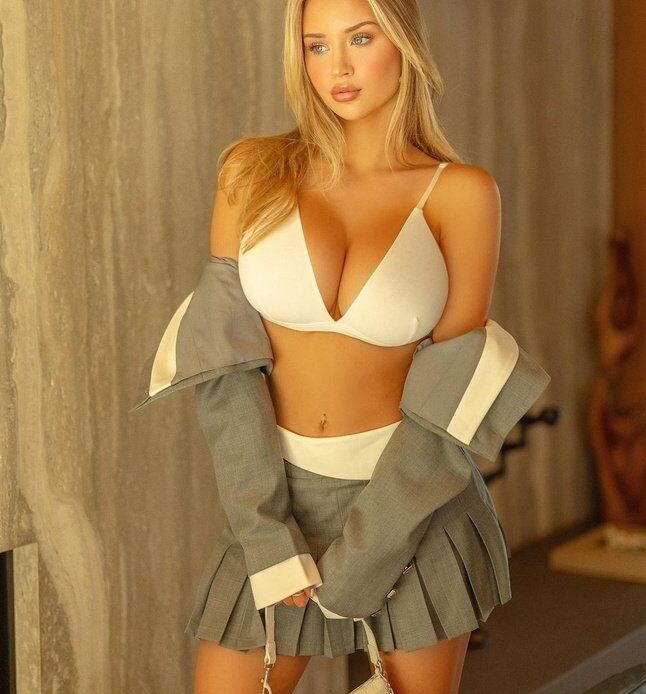In the ever-evolving narrative of beauty, curves have long transcended mere physical form to become an iconic symbol of seduction, confidence, and empowerment. Once marginalized by rigid ideals of thinness, curvaceous bodies are now celebrated for their natural allure, magnetic presence, and undeniable charisma. The re-emergence of curves as a central element of beauty is not just a trend—it’s a cultural shift. This transformation redefines how society perceives sensuality and embraces the diverse spectrum of human beauty.
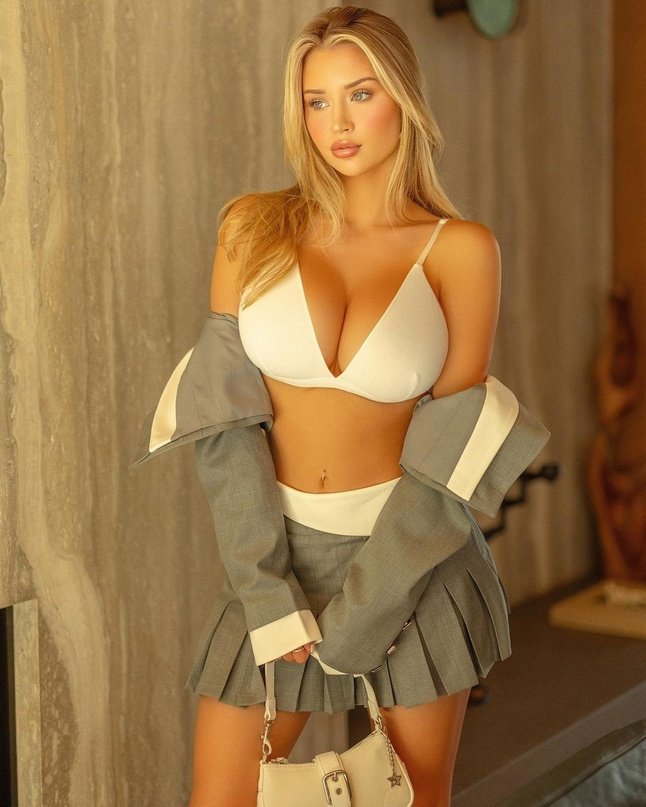
Curves were not always controversial. In fact, throughout much of history, they were revered. From the full-figured goddesses of ancient sculptures to the soft, romantic portraits of Renaissance women, curves represented fertility, health, and abundance. Artists like Peter Paul Rubens immortalized voluptuous forms as ideal symbols of feminine allure.
However, the rise of industrialization and mass media introduced new ideals. By the 20th century, the fashion world began idolizing the slender, linear silhouette—epitomized by the flapper girls of the 1920s and later the supermodels of the 1990s. The narrative subtly shifted from natural curves to chiseled perfection. But even then, icons like Marilyn Monroe and Sophia Loren stood as reminders that curves never truly lost their power to captivate.
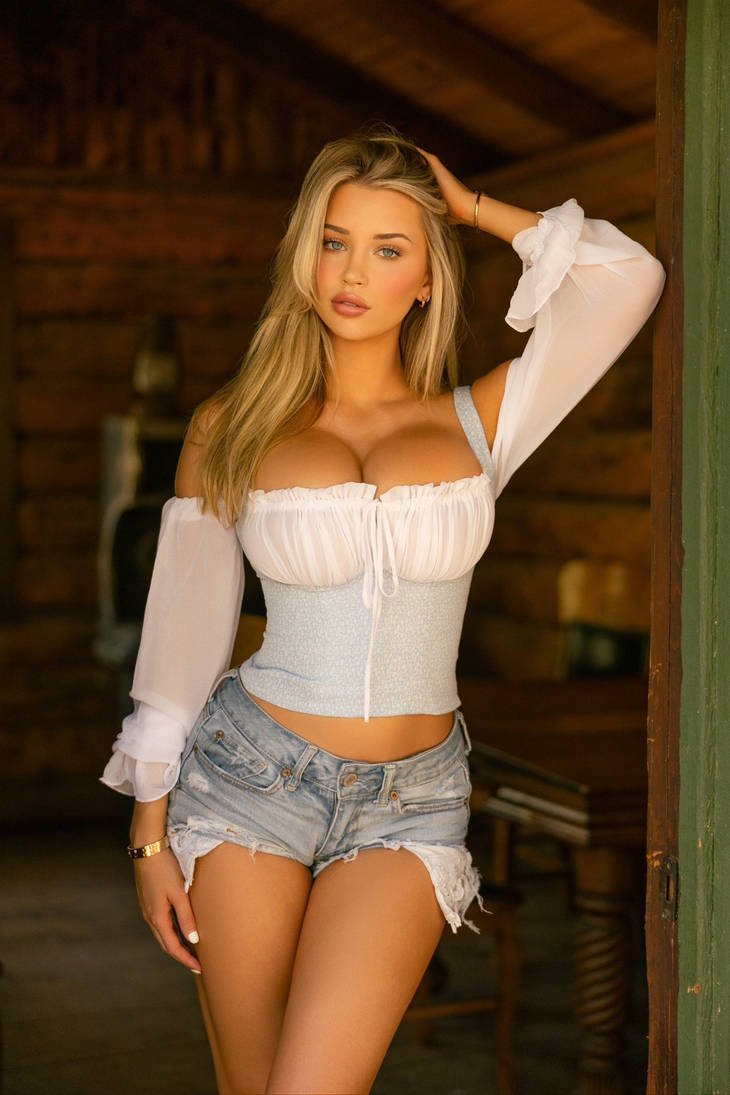
Fast forward to the 21st century, and we’re witnessing a powerful reclamation of curvaceous femininity. With the rise of social media platforms, representation has diversified beyond the editorial pages of high fashion magazines. Celebrities like Beyoncé, Kim Kardashian, Rihanna, and Ashley Graham have propelled curvy figures into the global spotlight, proving that beauty is not one-size-fits-all.
This modern renaissance isn’t merely aesthetic; it’s deeply rooted in self-love and body positivity. Curves now embody authenticity, confidence, and individuality—qualities that resonate strongly with contemporary audiences. Being curvy is no longer “brave”; it’s simply beautiful.
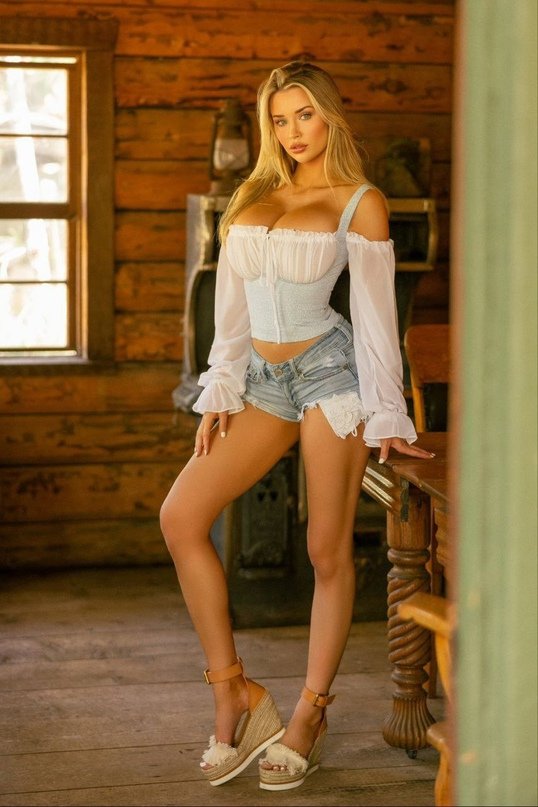
Today, curves are more than just a body shape. They are a language—a form of expression that speaks to identity, power, and sensuality. For many women (and men), embracing their curves is a radical act of self-acceptance in a world that often pushes unattainable beauty ideals.
Wearing figure-hugging clothing, showcasing one’s natural form, or simply walking with confidence—all of these actions serve as declarations of empowered beauty. The celebration of curves challenges outdated norms and encourages others to find beauty within their own skin.

The fashion world, once notorious for its exclusivity, has started to evolve. Brands are increasingly showcasing models of all sizes, shapes, and ethnicities. High-end designers and fast fashion labels alike are introducing plus-size collections and inclusive campaigns.
The popularity of shapewear, bodycon dresses, high-waisted silhouettes, and curve-accentuating outfits highlights a shift in design philosophy. Clothes are no longer just about hiding or minimizing but about enhancing and celebrating the body’s natural lines. This evolution signals that curves are not a niche market—they are mainstream, stylish, and influential.
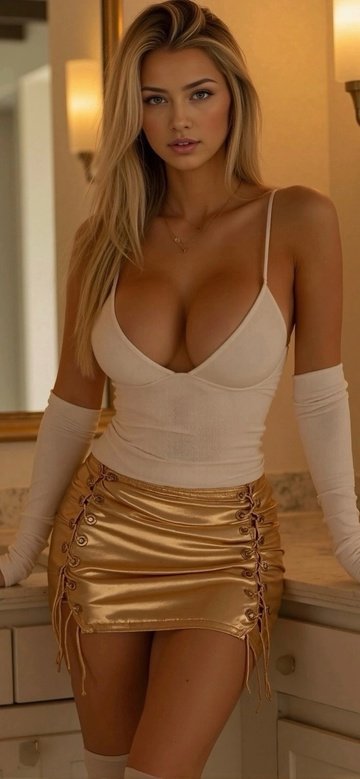
From a psychological perspective, curves are inherently attractive. Evolutionary biology suggests that curvaceous features—such as a well-defined waist-to-hip ratio—may subconsciously signal health, vitality, and fertility. But beyond primal instincts, there’s an emotional depth to this attraction.
Curves exude warmth, softness, and approachability. They challenge the cold, angular lines of traditional beauty and replace them with dynamic, sensual energy. This energy captivates not just the eyes but the imagination, sparking a fascination that goes beyond physical appearance.
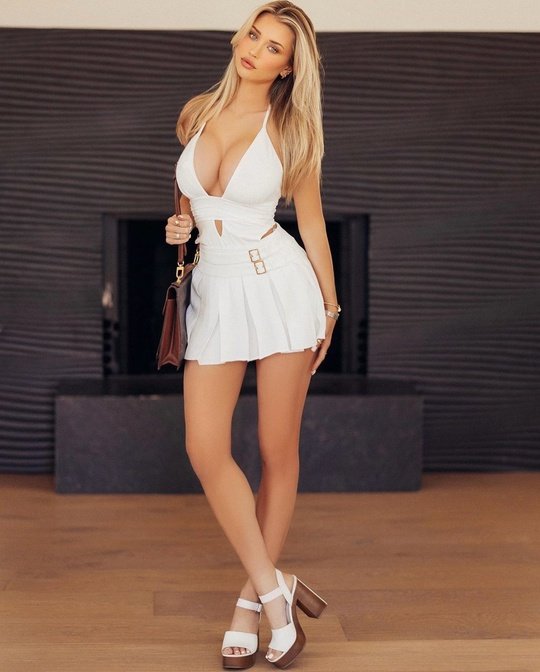
The media plays a pivotal role in shaping and reflecting societal standards. In recent years, there’s been a surge in body-positive content across television, film, music, and digital platforms. Characters with curvy figures are now leads—not sidekicks. Their stories center on success, romance, strength, and self-discovery, rather than stereotypes.
Reality TV stars, influencers, and artists proudly flaunt their curves, often unfiltered and unapologetic. This shift in representation helps dismantle harmful taboos and inspires a younger generation to embrace their bodies without shame.
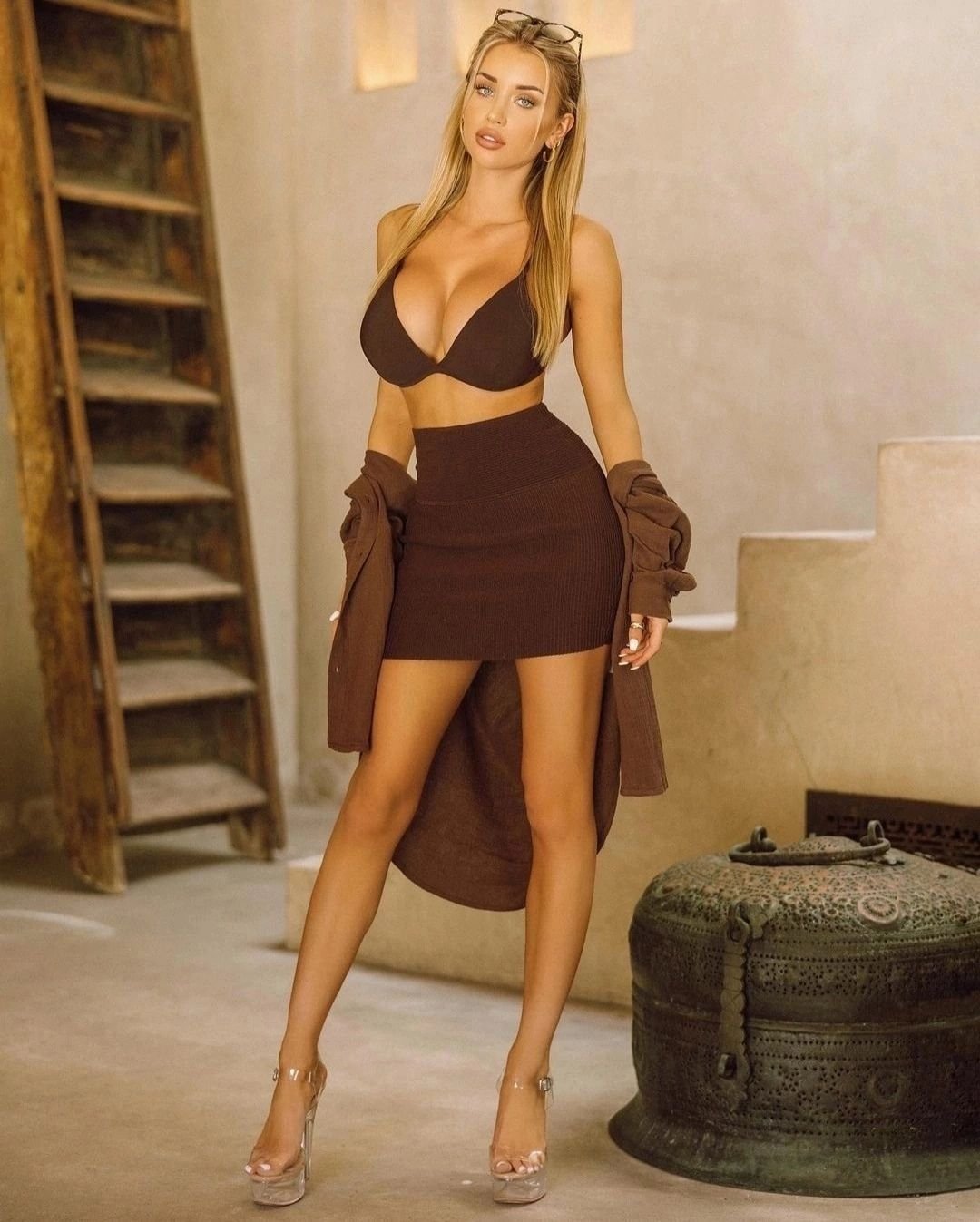
Curvaceous beauty isn’t just a Western phenomenon—it’s deeply rooted in many global cultures. In Latin America, Africa, the Middle East, and the Caribbean, curves have long been a symbol of femininity and allure. Cultural expressions through dance, fashion, and celebration highlight the grace and power of curvy bodies.
As global beauty standards become more inclusive, these cultural values are influencing mainstream perceptions, offering a more holistic, diverse definition of what it means to be beautiful.

Platforms like Instagram, TikTok, and YouTube have democratized beauty. Influencers with real, relatable bodies are gaining massive followings and reshaping what’s aspirational. Hashtags like #bodypositivity, #curvyandproud, and #selflove dominate feeds, creating communities of support and celebration.
Through viral dance videos, fashion try-ons, workout routines, and personal stories, curvy creators are proving that beauty comes in all shapes. They empower others to love themselves fiercely and redefine how society perceives seduction and sex appeal.
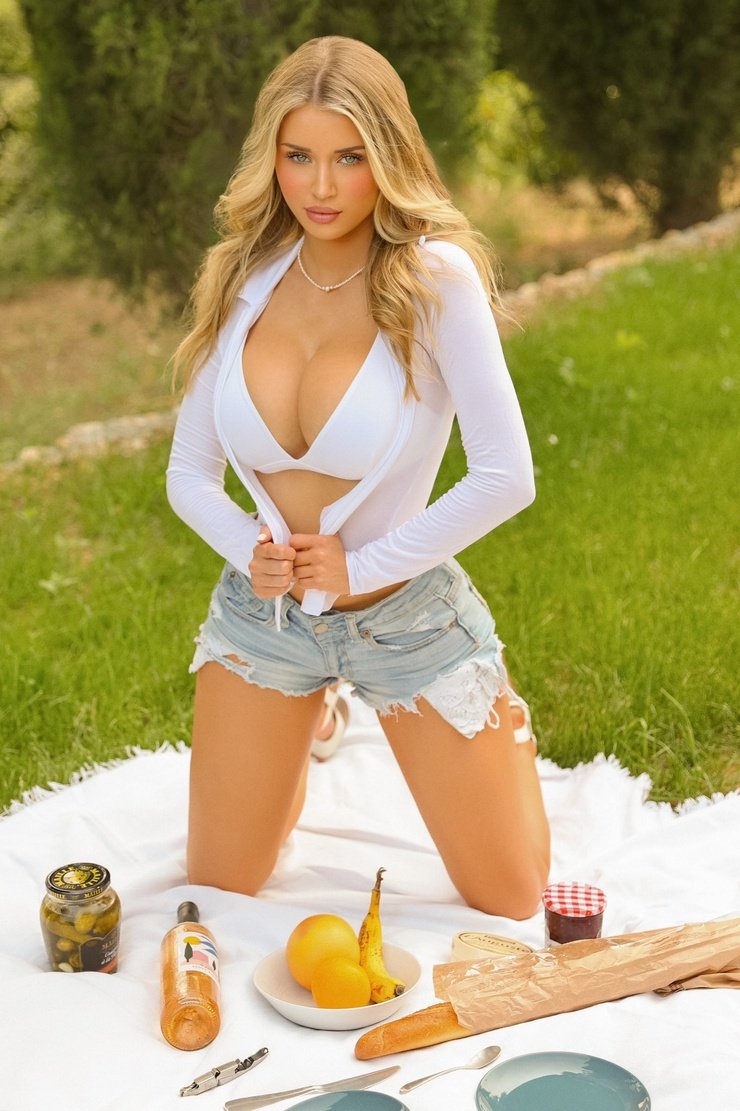
A common misconception is that curves are incompatible with fitness. In reality, strength and curves often go hand-in-hand. Many curvy women are athletes, dancers, yoga instructors, and fitness enthusiasts who embody health and vitality.
The modern health movement emphasizes holistic well-being over arbitrary size metrics. It’s not about being thin—it’s about being strong, energized, and happy in your body. This shift challenges toxic diet culture and replaces it with a more sustainable, empowering approach to wellness.
Ultimately, what makes curves so captivating isn’t just the shape—it’s the attitude. Seduction stems from self-assurance, from the way someone owns their space, their story, and their silhouette. A curvy figure paired with confidence creates an aura of irresistible magnetism.
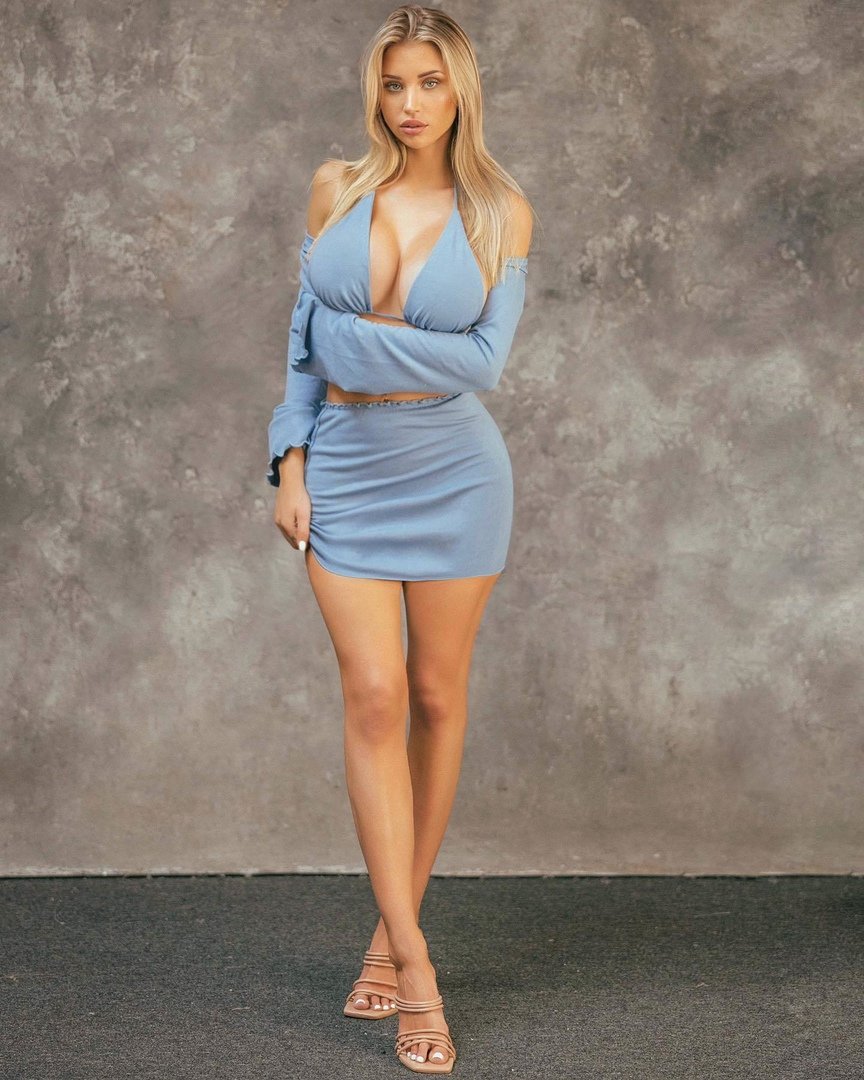
In a society that often profits from insecurity, self-love becomes revolutionary. Every time a person embraces their curves without apology, they rewrite the rules of attraction. They turn heads not just with their looks, but with their energy, passion, and authenticity.
Despite the progress, there are still barriers to break. Fatphobia, online bullying, and limited representation persist. The fashion and entertainment industries have made strides, but tokenism remains a concern. Real inclusivity means meaningful change—not just marketing tactics.
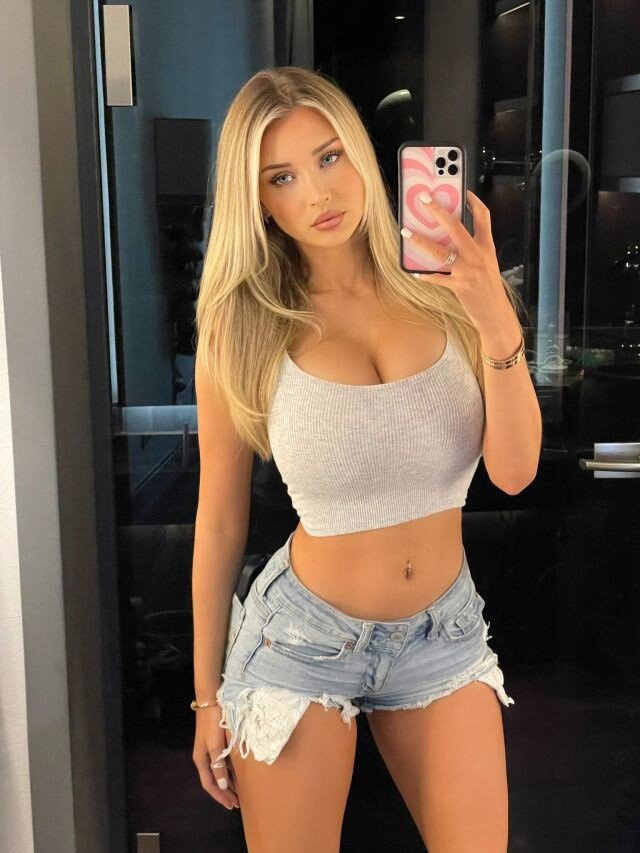
Education, awareness, and continued advocacy are crucial. Body positivity should evolve into body neutrality and body respect—focusing less on appearance and more on acceptance and dignity for all.
“Captivating all eyes” is more than an aesthetic description—it’s a recognition of energy that draws people in. Curves, in all their glory, encapsulate a multidimensional kind of beauty: one that’s visual, emotional, and spiritual.

When curves become a symbol of seductive beauty, they remind us of our humanity. They speak to softness and strength, elegance and power. They challenge us to widen our lens and appreciate the diversity of forms that make the human body so fascinating.
This celebration of curvaceous beauty isn’t about replacing one ideal with another. It’s about expanding our understanding of beauty to include everyone—because seduction isn’t found in perfection, but in the confidence to be unapologetically oneself.
